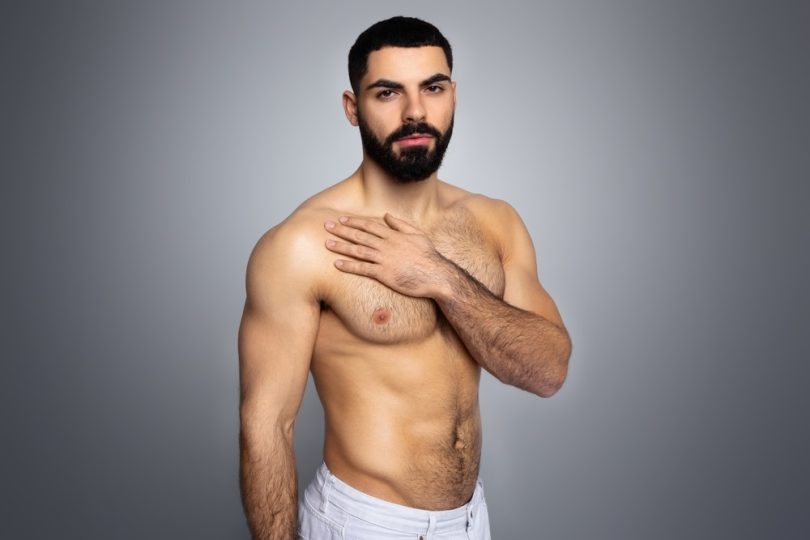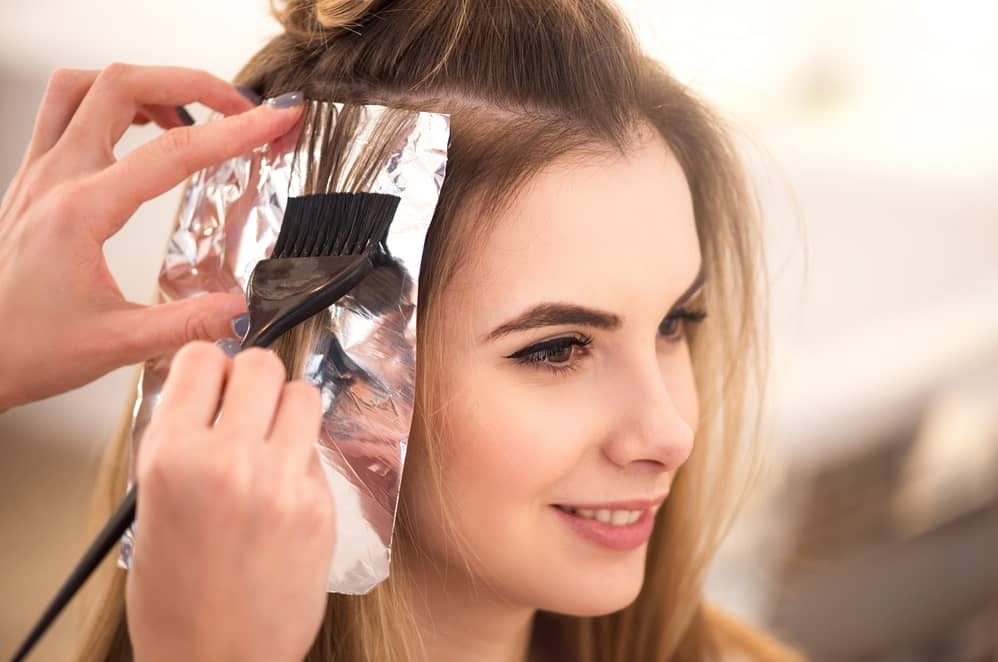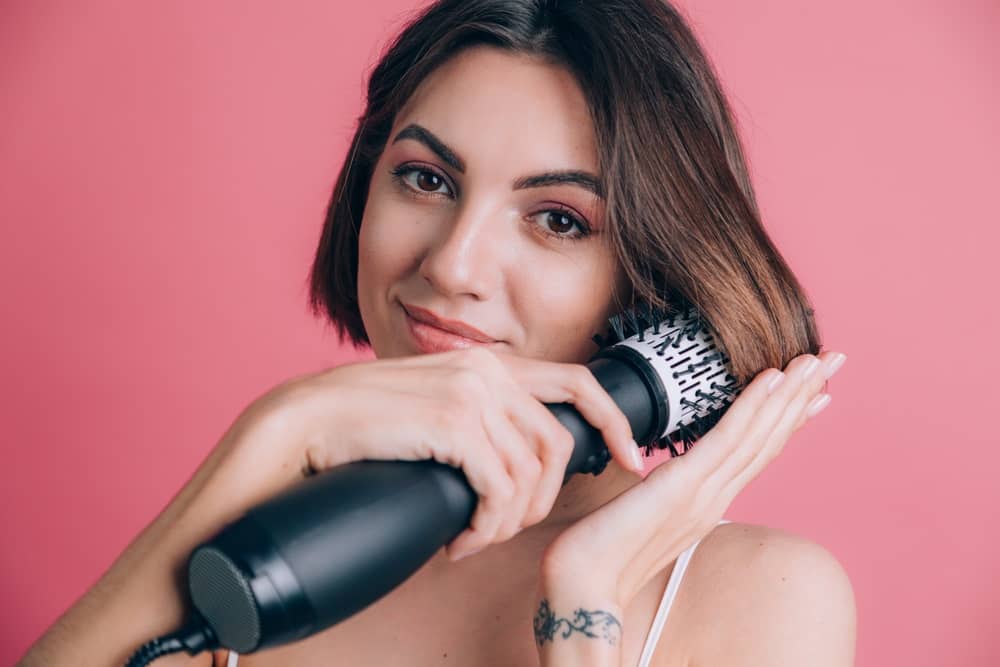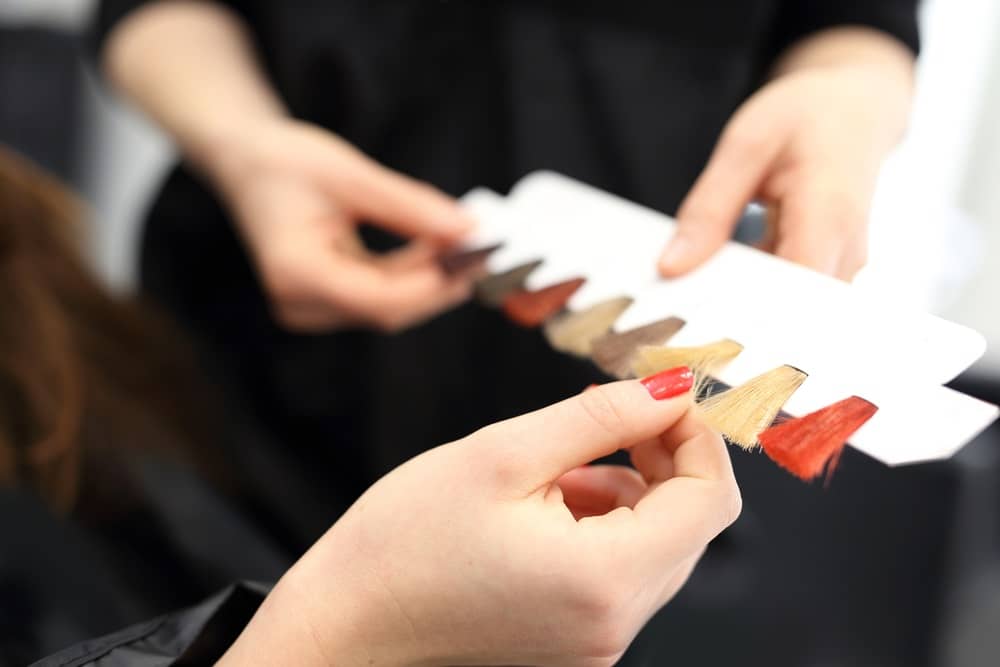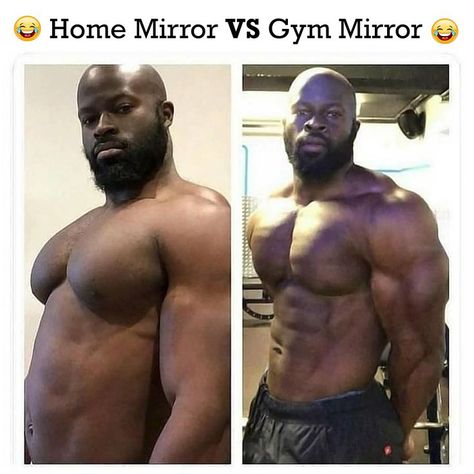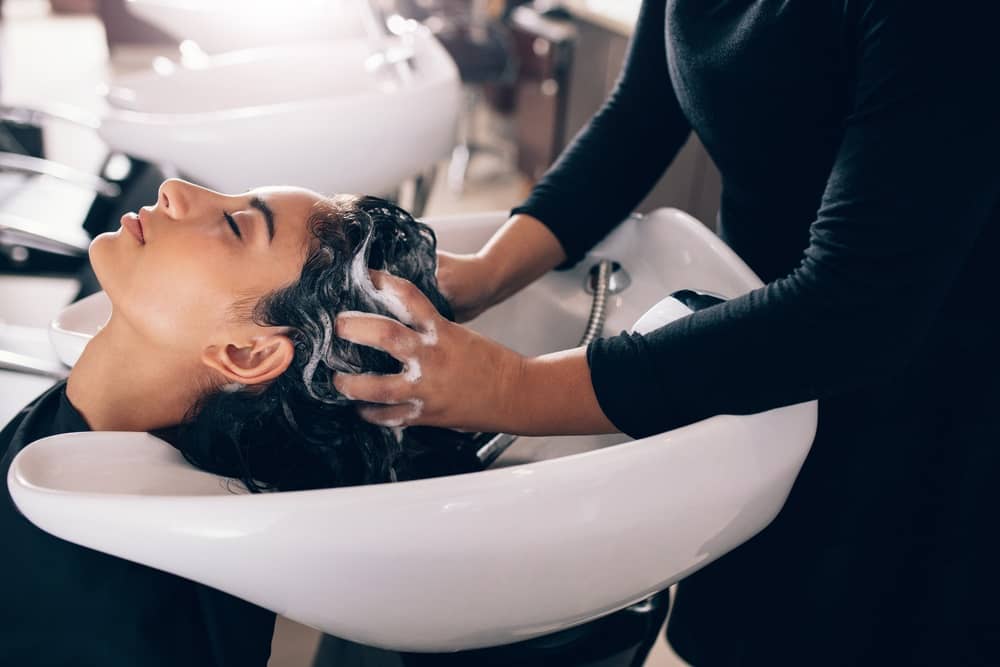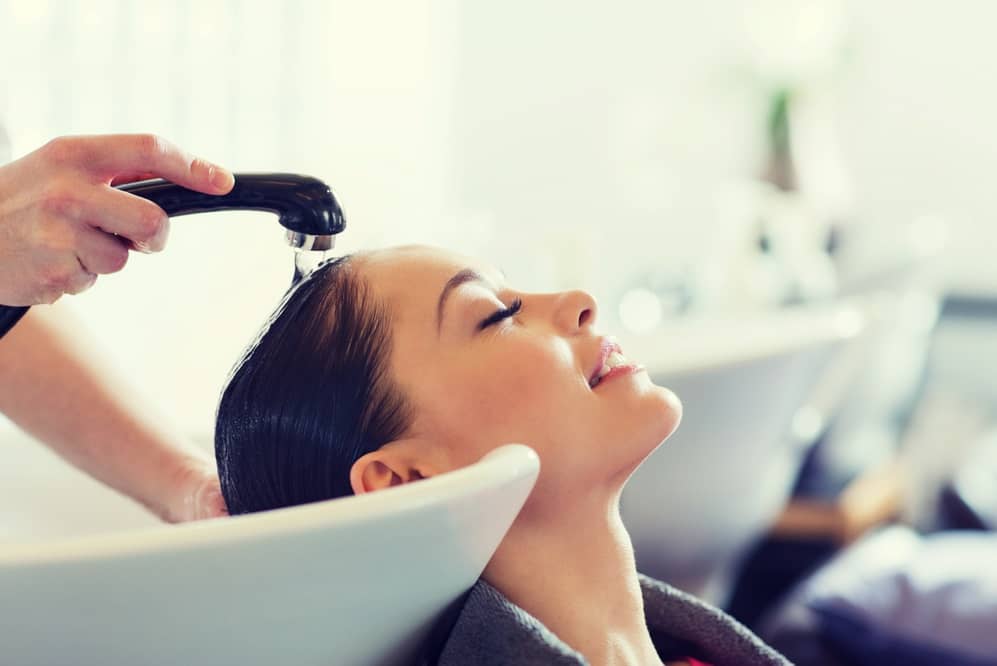You’ve looked in the mirror and noticed something a bit surprising: your beard, once dark and uniform, now has strands of blonde creeping in. Maybe it’s just a few hairs at first, or perhaps entire patches have taken on a lighter hue. Before you start to panic or reach for the dye, let’s dive into some possible reasons why your beard is turning blonde—and why it’s not as strange as it might seem.
1. Sun Exposure: Nature’s Natural Lightener
One of the most common culprits behind your beard lightening is plain old sunlight. Just like your scalp hair, your beard is susceptible to UV rays. Spending a lot of time outdoors, especially during summer months, can cause your beard hair to lighten. The sun’s UV rays break down melanin, the pigment responsible for your hair color, resulting in a lighter appearance—sometimes even giving you that sun-kissed blonde look.
Think of it as nature’s highlights, but for your face. You might not even notice it happening gradually, but if you’re outdoors a lot, your beard can easily shift to a lighter tone. So, if you’ve been soaking up the sun lately, there’s your likely explanation.
2. Genetics and Hair Pigmentation
Believe it or not, genetics plays a significant role in the color of your facial hair—and that includes those blonde surprises. Many people’s beards are naturally multi-colored, with hairs ranging from black to brown to blonde (and even red!) all mixed together. Your beard might naturally have a few lighter strands, which become more noticeable as your beard grows longer or thicker.
The genetic phenomenon behind this has to do with the way melanin is produced in your hair follicles. Some follicles might produce less melanin, leading to lighter or even blonde hairs within an otherwise darker beard. In short, your beard could be genetically predisposed to having various colors, and you’re just now noticing the blonde ones.
3. Aging: It’s Not All About Grey
When we think of aging hair, most of us imagine silver or grey hair starting to show. But for some people, the journey to grey goes through blonde first. As we age, our hair gradually produces less melanin, which can cause it to lighten. In certain cases, this reduction in pigment doesn’t immediately turn hair grey but instead causes a blonde or lighter color shift before ultimately transitioning to grey or white.
So, if you’re a bit older and noticing your beard lightening, you might just be on the path toward greying. But hey, a little blonde beard action before the grey hits? Not such a bad look, right?
4. Hormonal Changes and Diet
Your body’s internal chemistry can also affect hair color, including that of your beard. Hormonal fluctuations, particularly changes in testosterone levels, can sometimes impact the pigmentation of your hair. If you’ve noticed changes in other areas of your health or appearance, like increased or decreased hair growth, a lightening beard might be another indicator of hormonal shifts.
Similarly, your diet could be playing a role. Certain nutritional deficiencies—particularly in vitamins like B12 or minerals such as copper—can cause hair pigmentation to change. A lack of these essential nutrients can weaken your hair and decrease melanin production, leading to a lighter, sometimes blonde color. If you suspect diet might be a factor, it could be worth adjusting your nutrition or consulting a healthcare professional.
5. Stress: The Sneaky Factor
We’ve all heard that stress can turn your hair grey, but did you know it can also influence pigmentation in other ways? While stress-related changes in hair color are more commonly associated with greying, some studies suggest that extreme or chronic stress could affect melanin production. While it’s less common, some people report their hair—especially facial hair—taking on lighter shades under stress.
If your beard’s sudden blonde streaks coincide with a particularly tough period in your life, stress could be playing a role.
6. Chemicals and Grooming Products
Before you blame your biology, take a look at your grooming routine. Certain beard care products or hair styling products can contribute to hair lightening over time. Shampoos with bleaching agents, harsh chemicals, or ingredients designed to “brighten” your hair may also impact the color of your beard. Even if a product isn’t designed to bleach, frequent exposure to things like chlorine (hello, swimming pools) can gradually strip color from your beard.
7. Just Part of the Beard Experience
Finally, it’s worth noting that beards are just kind of unpredictable. From growing at different rates to having multiple colors, they tend to do their own thing. In the same way that the hair on your head might go through phases, so too does your beard.
Your beard turning blonde might just be one of those quirks—a natural part of your facial hair’s evolution.
Embrace the Change
Whatever the reason, there’s no need to stress over a little color change. Whether it’s the sun giving you a natural highlight, your genetics showing off, or age subtly changing your look, a blonde streak in your beard can add character and uniqueness to your style.
If you prefer a darker look, a trip to your barber for some advice or a temporary beard dye can easily bring back the depth you’re used to. But if you’re cool with embracing the change, rock that blonde beard with pride! It’s part of what makes your beard—and you—one of a kind.

